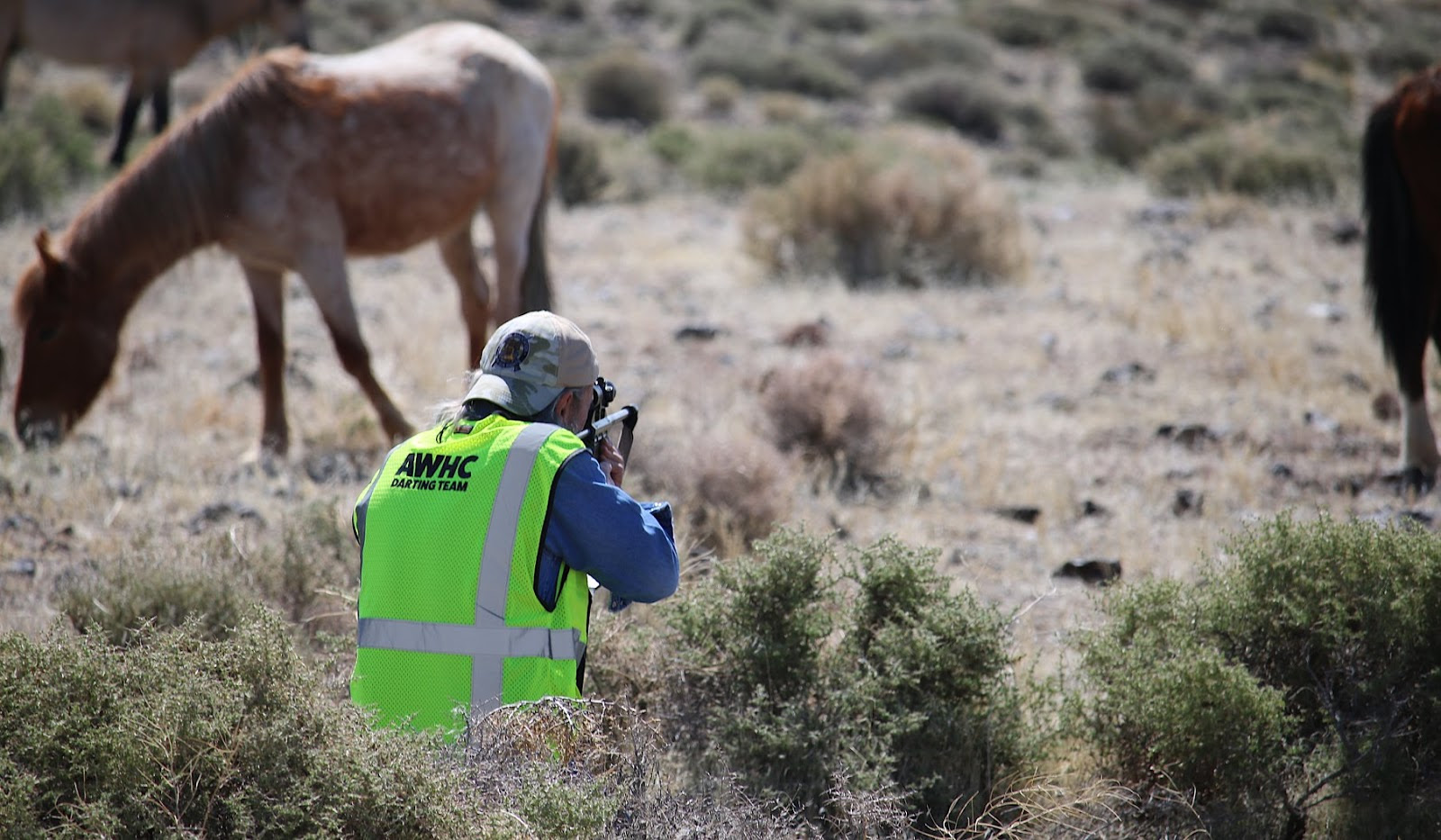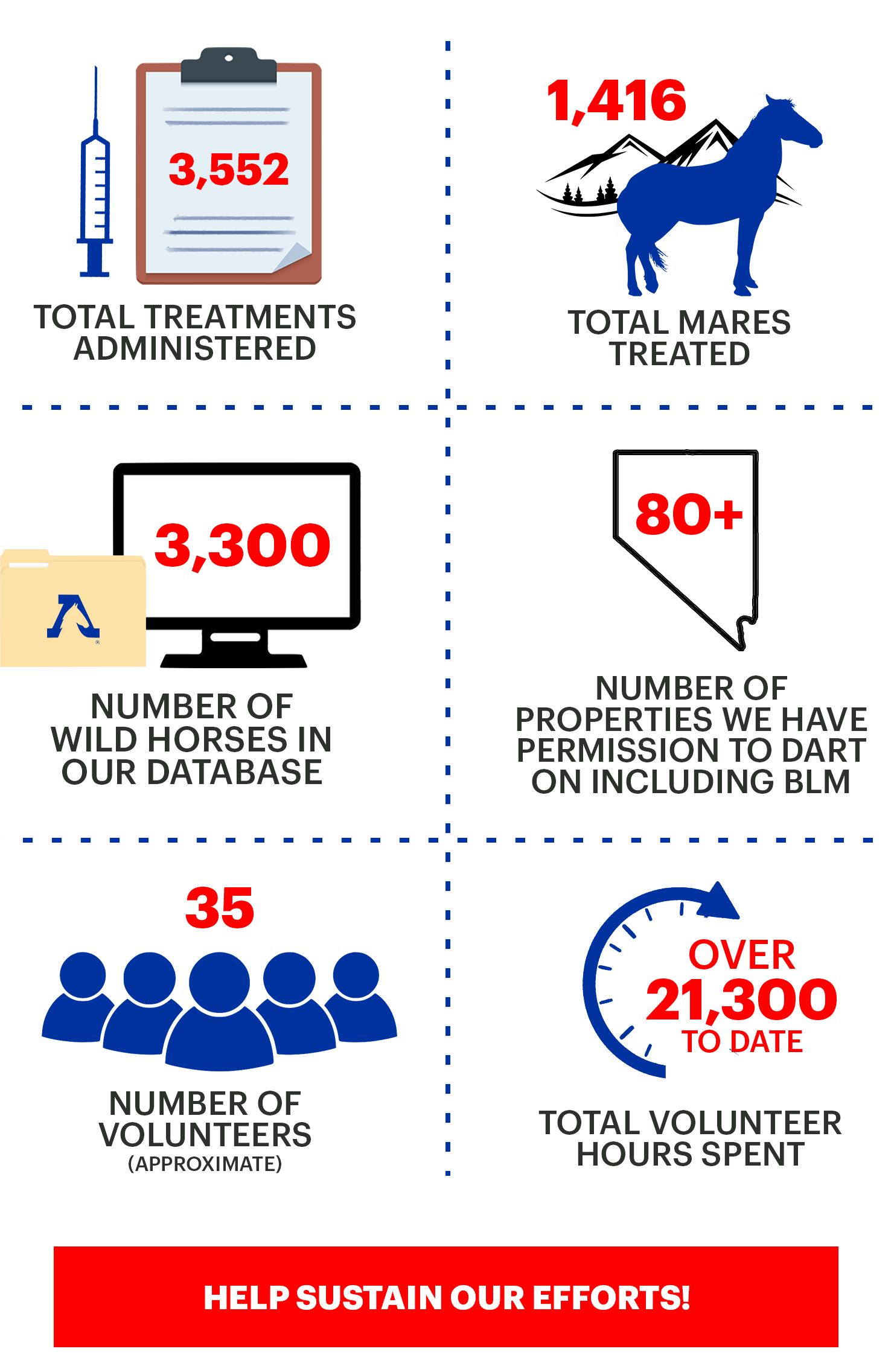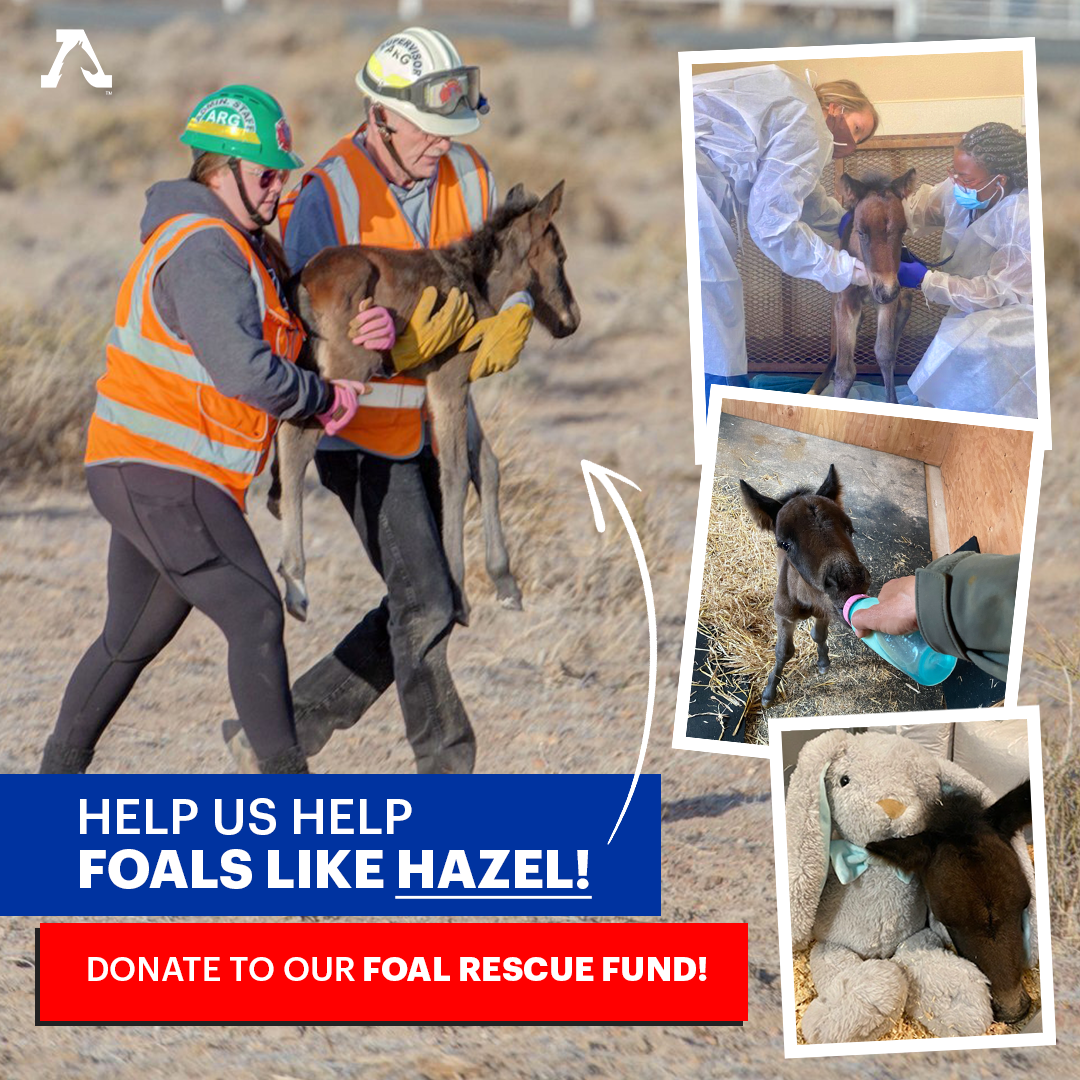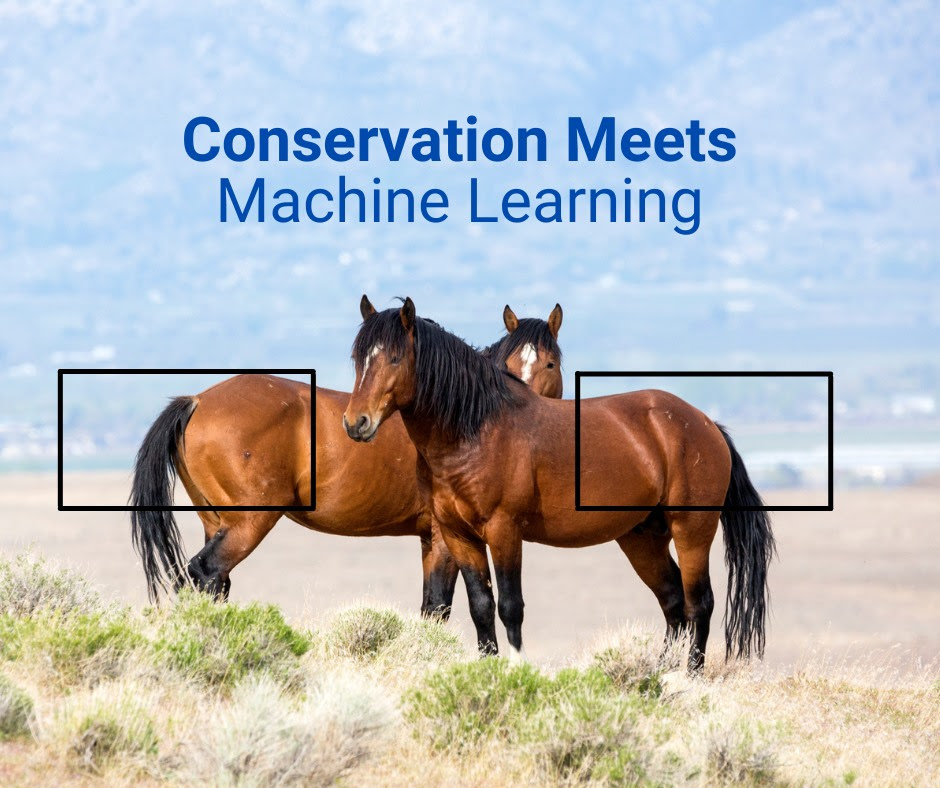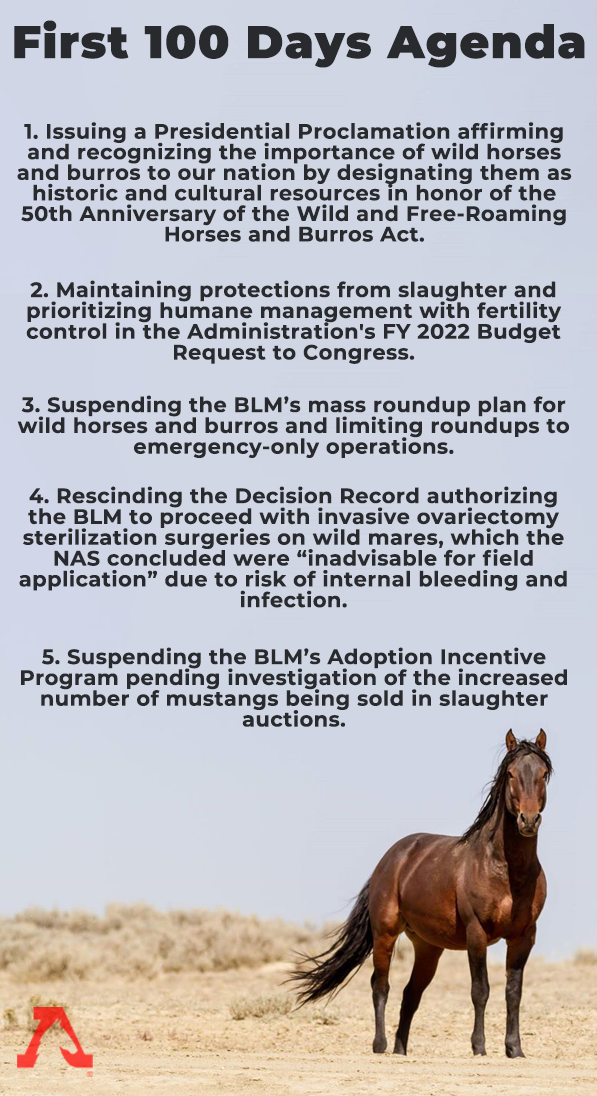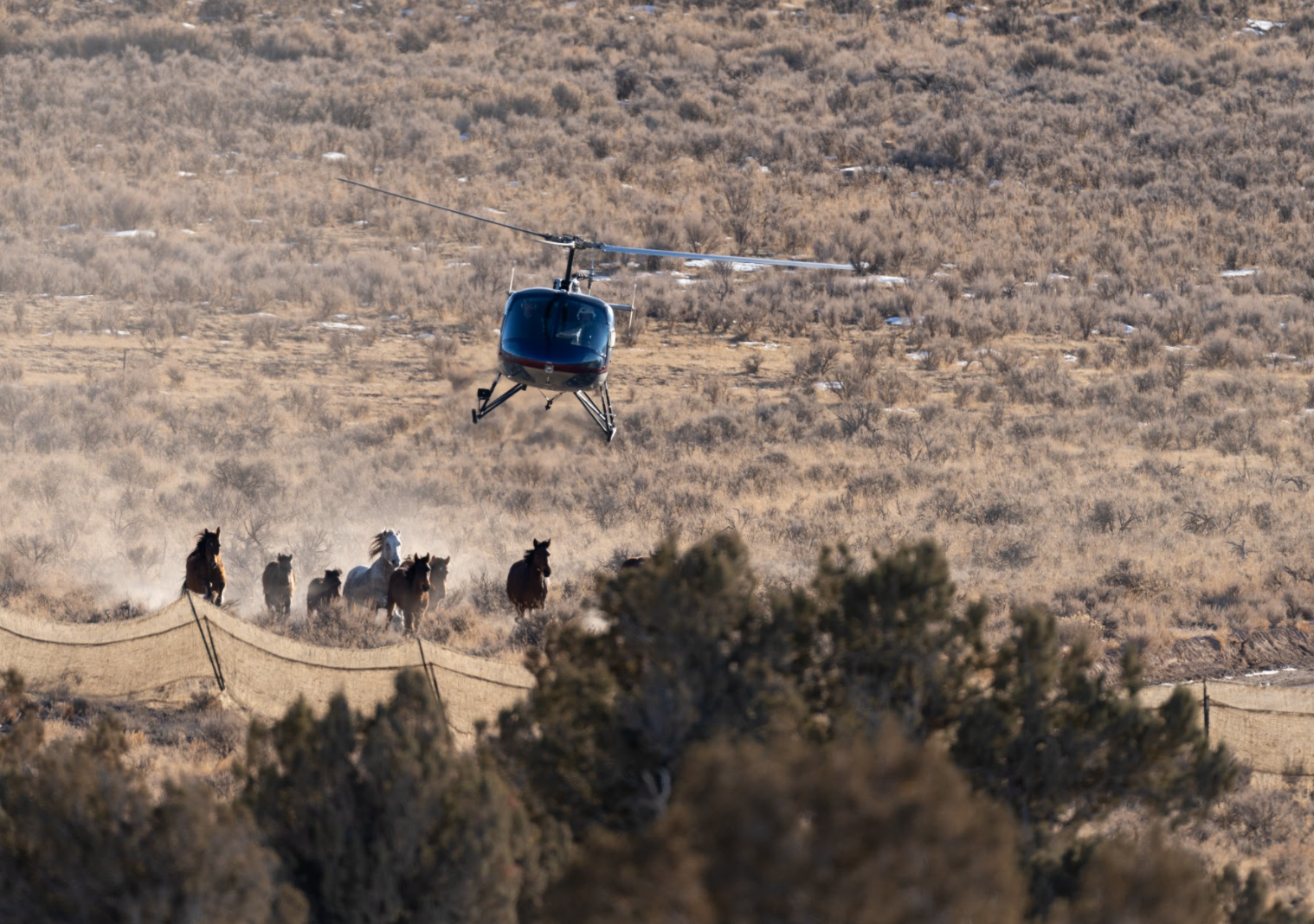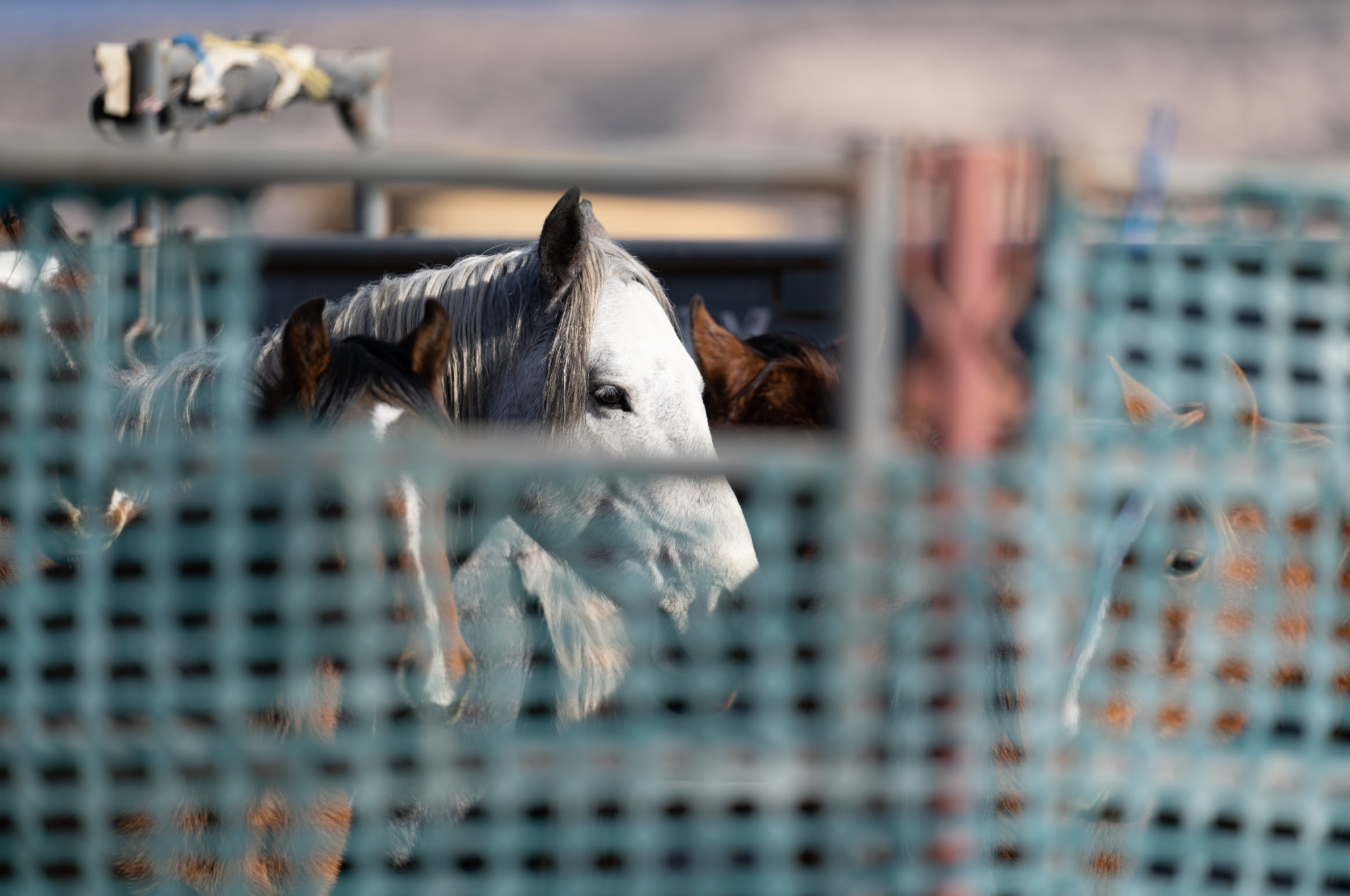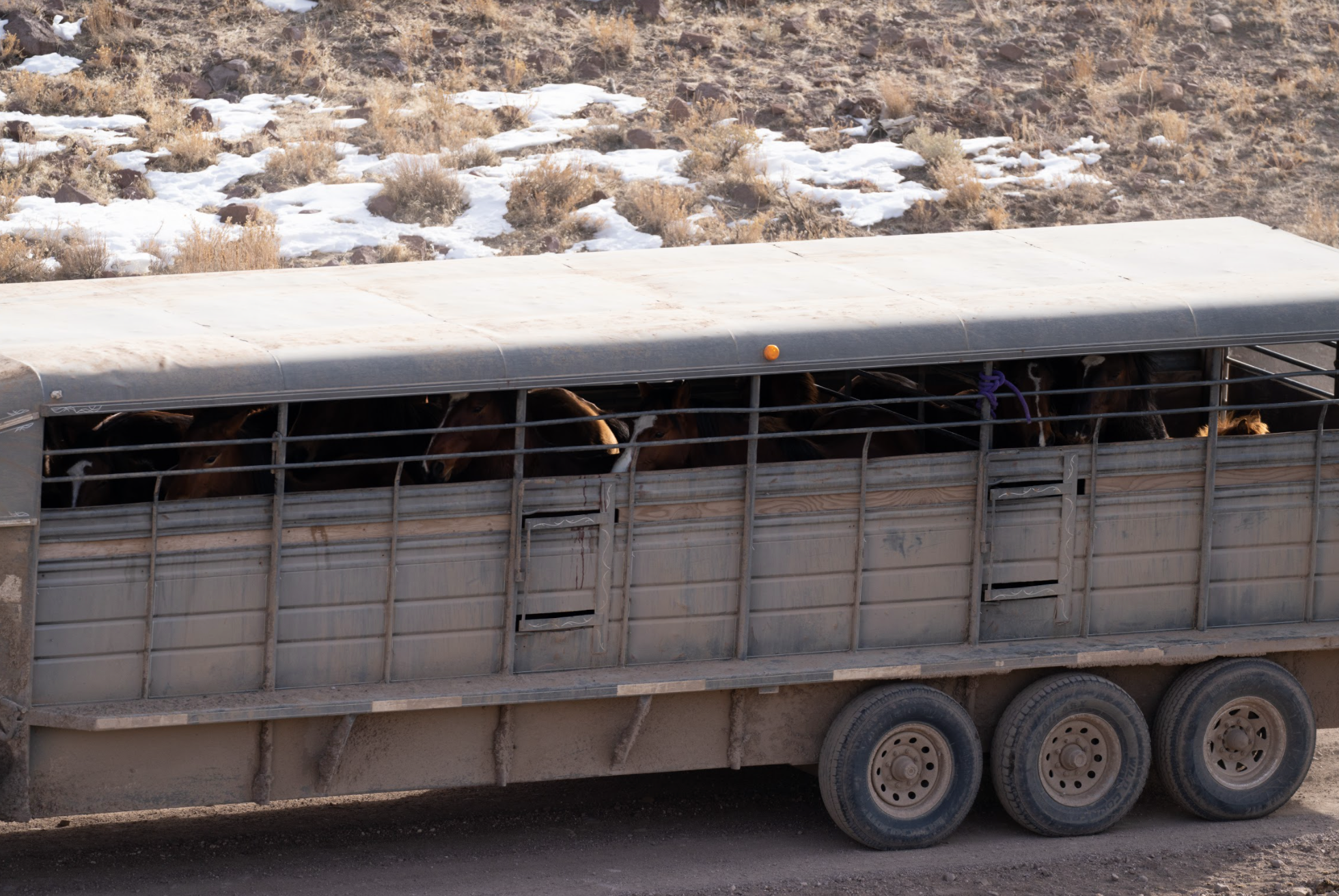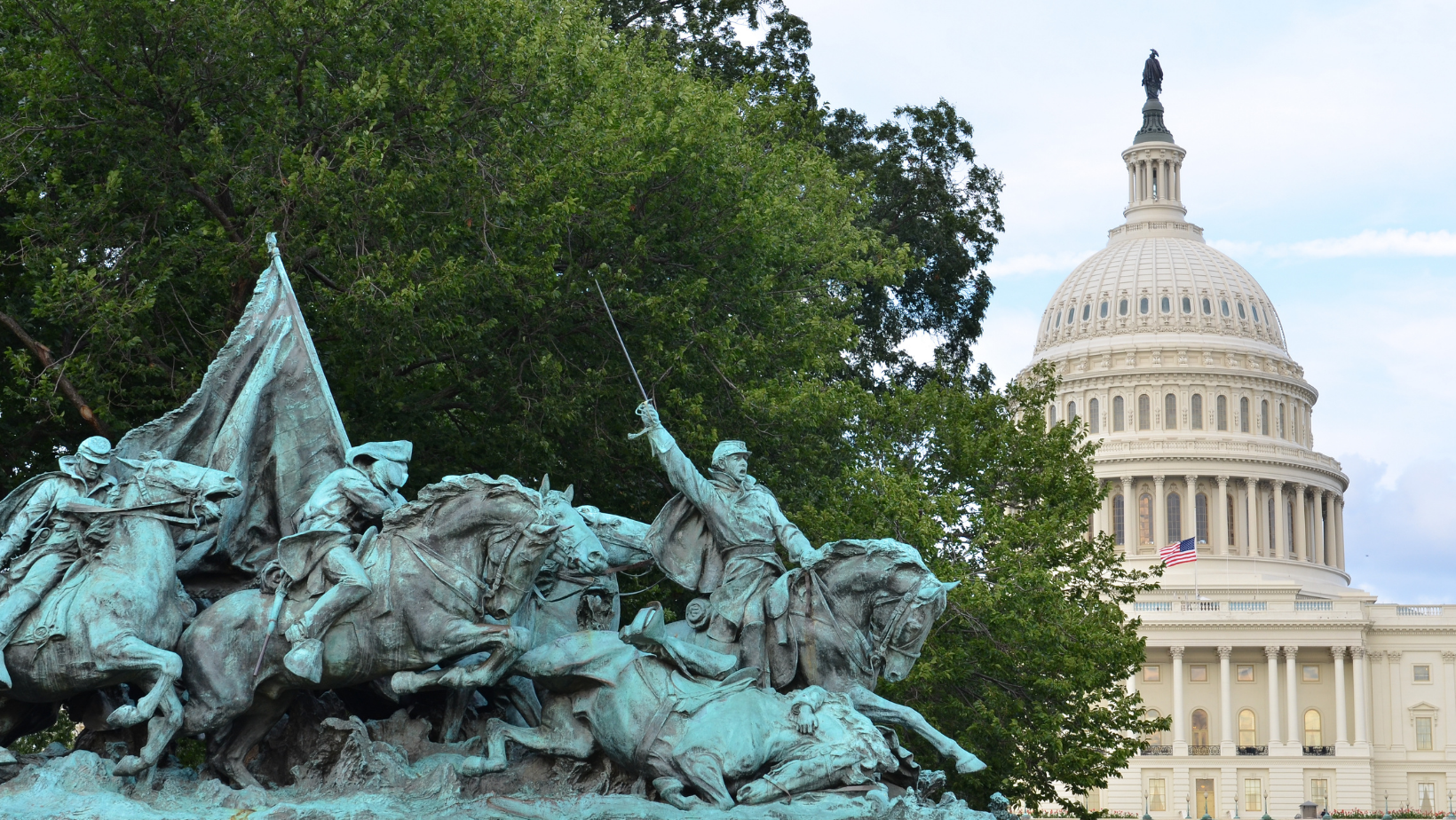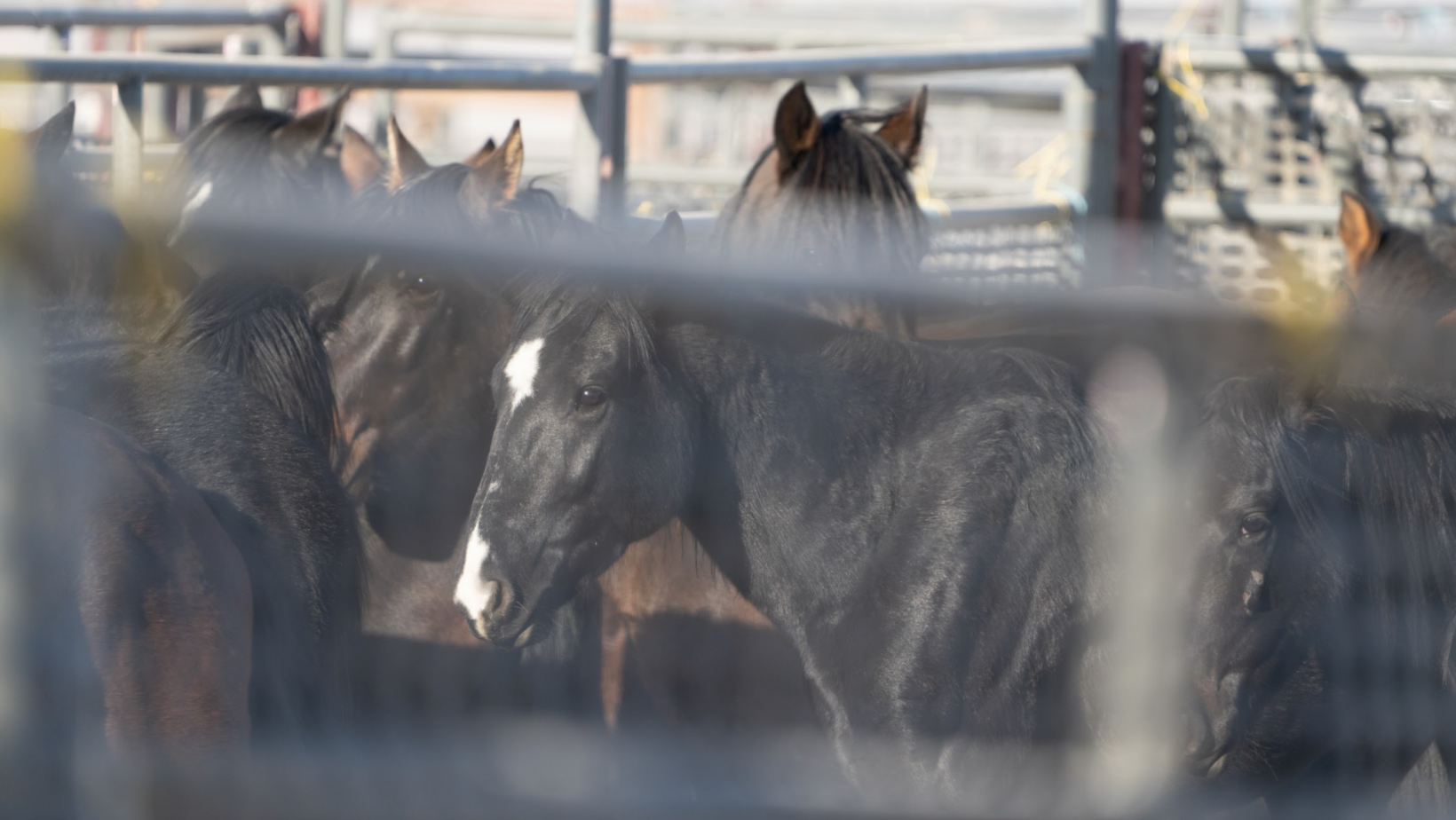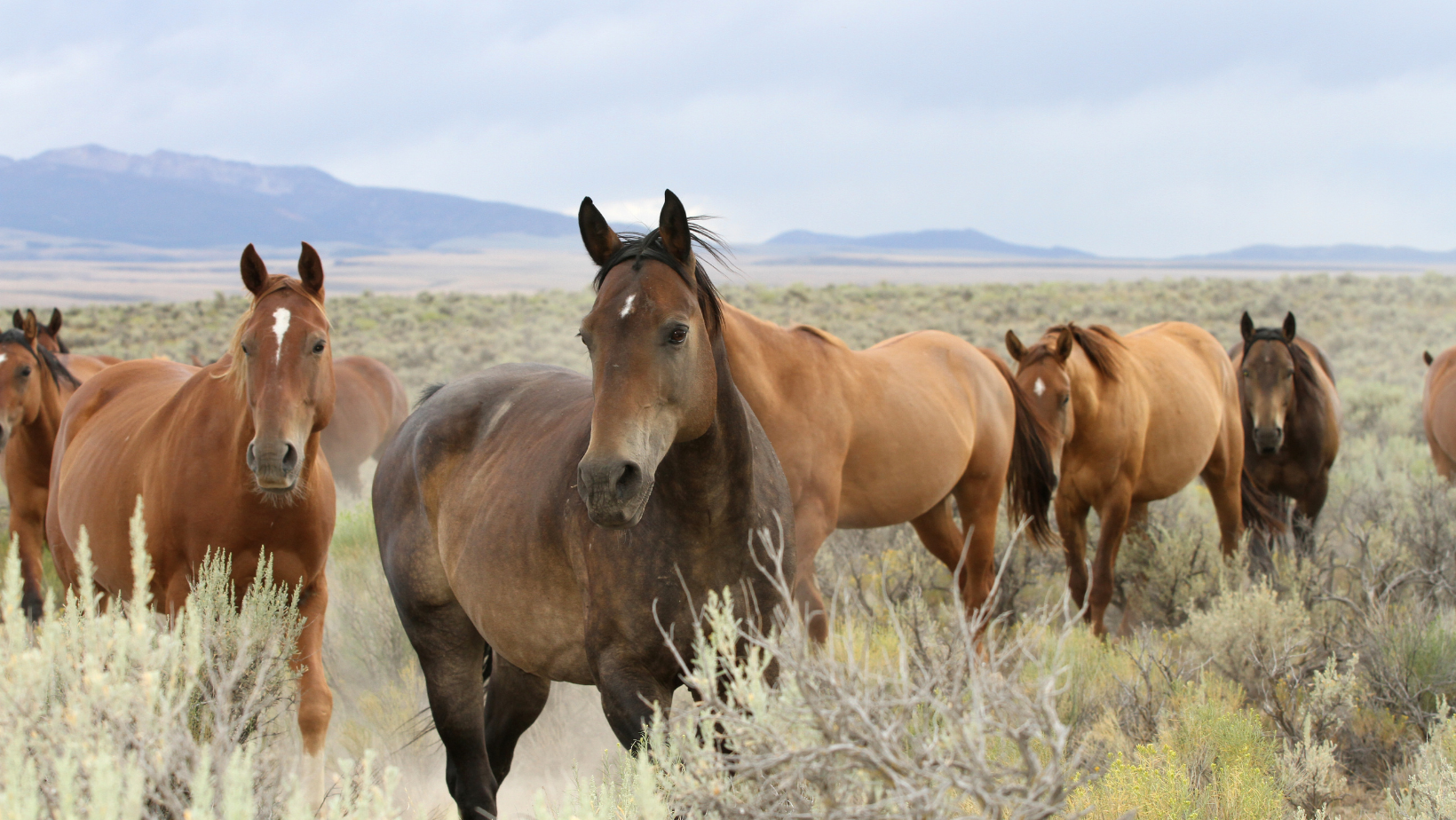
The following is from the American Wild Horse Campaign:

Wild horses & burros need your help!
The Bureau of Land Management (BLM) and the U.S. Forest Service are currently preparing for the upcoming roundup season, and as such, have released several disastrous plans for mustangs and burros that need your immediate attention.
We’ve told you recently about a lot of roundups planned and we know sometimes this news can be overwhelming. But don’t forget — the power to stop this is in our hands, and we are gaining more support every day … with the public, in the scientific community, in state legislatures, and on Capitol Hill. Lawmakers know that wild horses and burros have a loud and powerful constituency and we must keep raising our voices for change so that they are truly protected on our public lands.
Please take a few moments to read about the latest roundup plans below, and then ACT! 
BLM to Reduce Wyoming Wild Horse Population by 40%

The BLM recently released a plan that would permanently remove 3,500 wild horses — or nearly 40 percent of the state’s wild horse population — from 2.5 million acres of habitat in the “Wyoming Checkerboard” in the southern part of the state. The plan calls for drastically reducing the population to the low Appropriate Management Levels (AMLs) in five federally designated Herd Management Areas (HMAs): Adobe Town, Salt Wells Creek, Great Divide Basin, White Mountain, and Little Colorado.
This mass roundup plan will cost taxpayers tens of millions of dollars. It will cost these historic wild horses their families, their freedom, and, for many, their lives. The cruel policy is driven by commercial interests, in particular, the Rock Springs Grazing Association (RSGA), whose members graze their cattle and sheep on public lands and view the horses as competition for cheap grazing. Since 2011, AWHC has been involved in litigation against the RSGA to defend the wild horses in this area and has amassed numerous court victories, including at the Tenth Circuit Court of Appeals. We intend to continue the legal fight to defend Wyoming’s wild horses and to rally public opposition to this plan.
Please weigh in now in opposition of this disastrous plan!
Forest Service to Decimate California Wild Horse Population

The U.S. Forest Service plans to step up its assault on the Devil’s Garden wild horse herd in California’s Modoc National Forest. Its years-long battle against these historic wild horses began in 2012, when the agency attempted to reduce the size of their habitat by 22,000-acres. We went to court and we stopped them. Pursuant to an appellate court ruling, the Forest Service must consider those 22,000 acres as an active part of the horses’ habitat.
Now, the Forest Service has released an “AML Implementation Plan” that is only being sent to “stakeholders”. The plan reduces the Devil’s Garden wild horse population to just 206-402 mustangs (down from 1,900 today) to achieve an “Appropriate” Management Level that was set based on the illegal elimination of 22,000 acres of the horses’ habitat. The plan does not evaluate the appropriate population size for the larger habitat and is based on the policy of allocating most of the forage in the area to commercial livestock. Indeed, the agency permits an incredible 3,700 privately-owned cows and 2,900 privately-owned sheep to graze in the mustangs’ habitat! And if all of that wasn’t enough, the Forest Service has rejected our offer to implement a humane fertility control program to actually manage the horses effectively in the wild, instead of relentlessly rounding them up with helicopters, penning them, and selling them for $1 a piece.
AWHC is considered a stakeholder with the ability to comment on this plan, but we represent all of you — the American people — and believe that you should also have a say. So please join us in signing onto our letter opposing this inhumane and expensive management plan.
Utah’s Sulphur Herd is Being Targeted Again

The BLM is seeking public comments on a roundup and removal of wild horses from the Sulphur HMA in Utah.
In 2017, the Beaver County Commissioners in Utah filed a lawsuit seeking to force the BLM to remove all “excess” wild horses from the Sulphur HMA. The request sought to eliminate hundreds of federally-protected wild horses from their habitat in order to reduce the competition with domestic livestock. AWHC and our coalition immediately filed a Motion to Intervene in order to protect wild horses on the range. Earlier this year, the case was settled out of court.
Now, the wild horses are back on the chopping block. The HMA is made up of 265,711 acres of public and private land and is currently home to an estimated 414 wild horses. However, the BLM set the “Appropriate” Management Level for this HMA at just 165-250 wild horses. The plan calls for achieving the low AML, leaving just one horse per every 1,600 acres! At the same time, like most of the areas where wild horses live, the BLM allows thousands of sheep and cattle to graze within the HMA. Please take action today.
Forest Service Aims to Decimate Northern Arizona’s Wild Horse Population

The U.S. Forest Service recently released a Territory Management Plan for the Heber wild horses, a unique band of horses that reside within the Apache Sitgreaves Forest in northern Arizona. This plan will decimate this historic population, leaving as few as 50 horses on nearly 20,000 acres of public land! Meanwhile, the agency permits thousands of cattle to graze within the horses’ habitat.
These horses have been the target of brutal shootings in the Forest that have left 28 dead since 2018. Enough is enough. We must speak up loudly for the Heber wild horses and demand better treatment, a fairer plan, and ultimately, justice!
Thank you for your support,
—The AWHC Team






